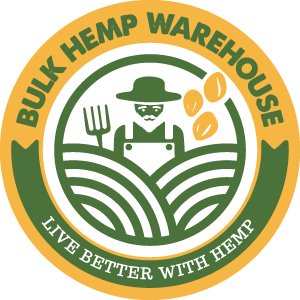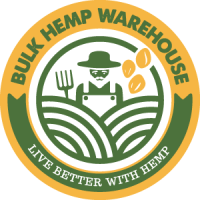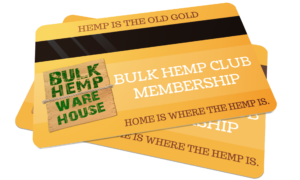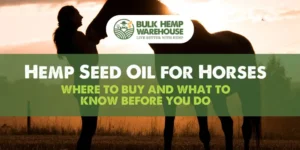
The Strength of Hemp Bast Fiber: From Plant to Product
- Author Tyler Hoff
- Categories: Hemp Benefits, Hemp Fibers, Hemp Uses
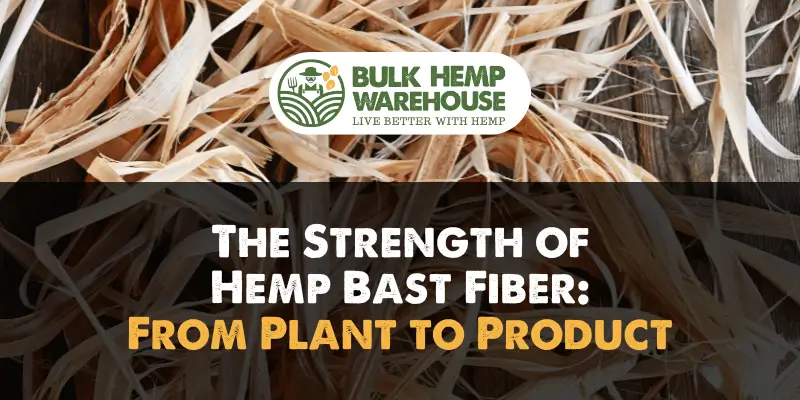
Hemp bast fiber is the stronger longer fiber produced within the hemp stalk. The hemp plant produces two types of fiber: hemp hurd fiber and hemp bast fiber.
The hurd fiber is what’s used in many non-woven applications such as hempcrete, animal bedding, garden mulch and other applications.
In this post I will share a little bit about the strength, durability, versatility and sustainability of hemp bast fiber.

The Craft of Bast Hemp Fiber Production
Fibers, particularly bast hemp fiber, combine historic traditions with new advances from plant to product.
For millennia, this cannabis sativa-derived material has been used in textiles, paper, and building materials.
The art and science of turning raw hemp into usable fiber require meticulous attention at each step to assure quality and sustainability.
What is Hemp Bast Fiber?
The origin of bast hemp fiber is the outer bark of the hemp stalk.
Growing hemp in different climates and soils makes it a versatile and often easier crop to grow than other popular bast fiber crops.
It shows its resilience and thankfully requires zero or very low pesticide use.
It might not be the easiest crop to harvest and process however.
Most farmers can grow hemp for bast fiber production with a little education, and the right equipment.
When to harvest Hemp Bast Fiber?
For fiber, hemp is harvested earlier than if being grown for seeds or Cannabinoid production, like CBD.
Long, robust, and supple fibers are appropriate for subsequent processing with this scheduling. In other words when growing for seed or cannabinoid production you want the plants to fully mature before harvesting.
Whereas when growing for bast fiber you want to harvest after about 110 – 120 days before the stalks get too bulky and the fibers harden.
Retting hemp stalks after harvest is crucial but often overlooked in bast hemp fiber production.
Retting naturally breaks down the pectin, keeping hemp fibers together and separating them from the woody core.
Field retting leaves stalks on the ground to be broken down by dew, rain, and microbes; water retting submerges them in water to speed up the process; and chemical retting employs substances to speed up the process.
Each process has varied effects on fiber quality and texture.
After retting, stalks are malleable and ready for decortication, which separates bast fibers from hurd.
Decorticating stalks by striping them apart and removing the fiber is traditional.
Modern hemp processing technologies minimize waste and process huge volumes efficiently.
Decortication quality influences fiber purity and usage, making it crucial.
Combing or carding the fibers aligns them and removes debris and hurd fibers during processing.
The eventual usage of hemp fiber depends on this stage; finer, longer fibers are used in textiles, while shorter, coarser fibers are used in industry.
The transformation of raw, retted hemp into clean, straight strands is a marvel of human ingenuity and natural processes.
After refining, hemp fibers are spun into yarns or threads.
The spinning process ranges from millennia-old hand-spinning to high-speed, automated equipment.
Finer threads are spun for high-quality fabrics, and coarser threads are spun for hemp rope or industrial materials.
The final phases in bast hemp fiber production are dyeing and finishing.
Hemp textiles are dyed using natural colors and eco-friendly procedures to match the sustainability of hemp fiber production.
Finishing treatments can improve fabric softness, durability, and water and stain resistance.
This phase’s decisions can considerably impact the product’s environmental footprint and performance.
From cultivation to finishing, each step in creating bast hemp fiber contributes to the fiber’s distinctive properties.
As consumers and industry become more environmentally conscious and seek sustainable alternatives, bast hemp fiber will be a natural choice.
The careful transformation of this old plant into modern marvels shows humanity’s respectful, innovative, and sustainable relationship with nature.
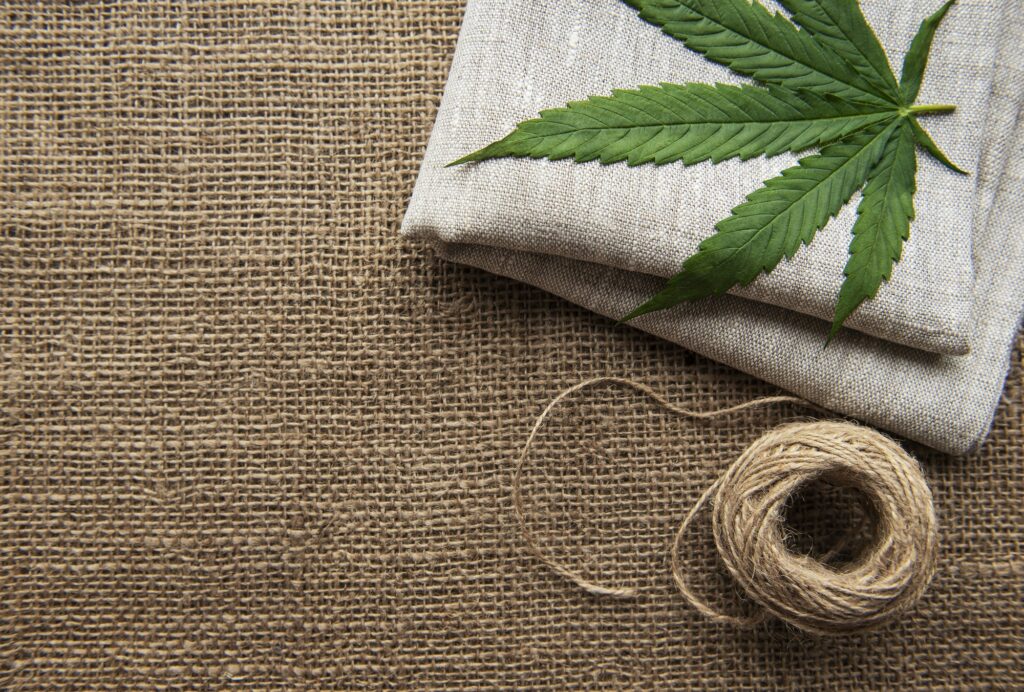
Bast Hemp Fiber: Textile Industry Revolution
Reviving bast hemp fiber as a textile staple is a tribute to tradition and a step toward sustainability and innovation.
This versatile, eco-friendly material has been used for millennia, but modern fashion, home design, and technical textiles are realizing its full potential.
The journey of bast hemp fiber through the textile industry is one of adaptation, resilience, and environmental care, reflecting the industry’s shift toward sustainability.
Hemp is an eco-warrior in agriculture due to its low water and pesticide use.
Its fibers are gathered and turned into textiles efficiently and sustainably.
Due to their strength and durability, hemp fibers are great for everything from rugged workwear to delicate, elegant clothes.
Hemp Textile Versatility
Bast hemp fiber is versatile, from silk-like softness to canvas strength.
Bast hemp fiber is leaving its utilitarian reputation to become a sophisticated and elegant material in fashion.
Designers use its natural sheen and texture in casual and high-end apparel.
The fiber’s ability to blend smoothly with organic cotton, silk, and wool allows for unlimited fabric composition innovations, combining the most significant features of each material.
Bast hemp fiber is becoming popular in home textiles.
Its inherent antibacterial and antifungal characteristics make it ideal for bedding, towels, and upholstery, improving living conditions.
Hemp fibers are suitable for eco-friendly home insulation since they insulate well.
Hemp TextileS for Industrial applications
Hemp carpets and rugs are durable and wear-resistant, appealing to eco-conscious home design shoppers.
Another market where bast hemp fiber excels is the technical textile industry, which has stringent standards and requires high-performance materials.
Its strength and durability make it appropriate for industrial geotextiles for soil stabilization and erosion control.
The car industry is investigating hemp fibers for lighter, stronger, and more sustainable composites.
Hemp’s absorbency and biodegradability make it ideal for oil spill containment and cleaning, extending its use beyond textiles.
Environmental impact is a significant draw for the best hemp fiber in the textile sector.
Hemp fiber is farmed without chemicals or herbicides and uses less water than cotton.
This improves the environment and farmers’ and communities’ health. Hemp’s quick growth cycle and soil enrichment make it an excellent rotational crop for sustainable agriculture.
Sustainable textiles are made from the best hemp fiber. Retting and decortication innovations have reduced water and energy use, making hemp textile production more efficient and environmentally friendly.
Hemp-based products’ sustainability improves as the textile industry uses more eco-friendly dyes and finishes to meet consumer demand for green items.

The Challenges with Hemp bast Fiber
Bast hemp fiber is not without issues in the textile industry.
Many regions have restricted hemp growing and study due to its relationship with psychotropic cannabis.
These impediments are being removed, but hemp’s environmental and economic benefits need more public and regulatory awareness.
The sector also needs help to increase hemp textile output to meet demand.
To maximize hemp’s potential, the infrastructure to convert hemp fibers into high-quality textiles needs investment and innovation.
Building a worldwide hemp textile supply chain requires collaboration across agriculture and fashion.
Despite these obstacles, hemp fiber has a promising future in the textile industry.
Sustainable, ethically manufactured textiles are in demand as customers become more environmentally conscious.
Due to its long history, environmental benefits, and versatility, best hemp fiber will be crucial to this sustainable textile industry transformation.
Exploration and innovation in hemp textiles promise to change our relationship with this ancient fabric and create a more sustainable and resilient textile industry.

Other Common Questions About Hemp Bast Fiber
Yes. Hemp stalks are considered a bast fiber producing plant.
The hemp plant produces two types of fiber: hurd and bast. bast fiber is the long strong fiber used for woven applications such as ropes, yarn, twine, fabrics and webbing.
We actually have an entire post about this very topic, so I suggest you check that out here.
But the basic process is as follows:
- Harvesting: Hemp plants are harvested for their stalks, where the bast fibers are located, typically when they reach maturity, about 3-4 months after planting.
- Retting: The harvested stalks undergo retting, a process that helps separate the bast fibers from the inner woody core (hurd) through controlled rotting. This can be done through field retting (leaving the stalks in the field to be exposed to dew, rain, and bacteria) or water retting (submerging the stalks in water).
- Drying: After retting, the stalks are dried to reduce moisture content.
- Decortication: The dry stalks are then processed through decortication, where mechanical action breaks the stalks and separates the bast fibers from the hurd.
- Scutching: This step involves beating the separated bast fibers to remove any remaining hurd particles and to begin separating the fiber bundles into individual fibers.
- Hackling: The fibers are combed through a series of hackles (combs of increasing fineness) to fully separate the fibers and to align them, making them straight and suitable for spinning.
- Spinning: The aligned hemp fibers are spun into yarn, using traditional spinning techniques similar to those used for other natural fibers like cotton or flax.
- Weaving/Knitting: The hemp yarn is then woven or knitted into fabric using looms or knitting machines, following patterns and techniques that vary depending on the desired fabric type and texture.
- Finishing: The woven or knitted fabric undergoes various finishing processes, which may include washing, bleaching, dyeing, softening, and drying, to enhance the fabric’s appearance, texture, and performance characteristics.
Explore Other Posts by Bulk Hemp Warehouse

The Best Hemp Soil Amendments for Premium Organic Farming Made from Hemp
The Best Hemp Soil Amendments for Premium Organic Farming Made from Hemp Did you know that there are four different hemp-based products that organic gardeners and farmers can use as a hemp soil amendment? When most people go online searching
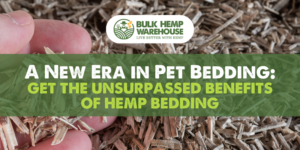
A New Era in Pet Bedding: Get the Unsurpassed Benefits of Hemp Bedding
Curious about the benefits of hemp bedding? Ever thought that your pet’s bedding might not be the best for them? With people caring more about what they buy, finding the perfect bedding becomes crucial. Hemp bedding is here to

Hemp Seed Oil for Horses: Where to Buy and What to Know Before You Do
Did you know over 60% of U.S. horse owners think about using hemp oil? This shows that more and more people are looking at natural supplements for their horses. Hemp seed oil comes from hemp seeds and is full of







